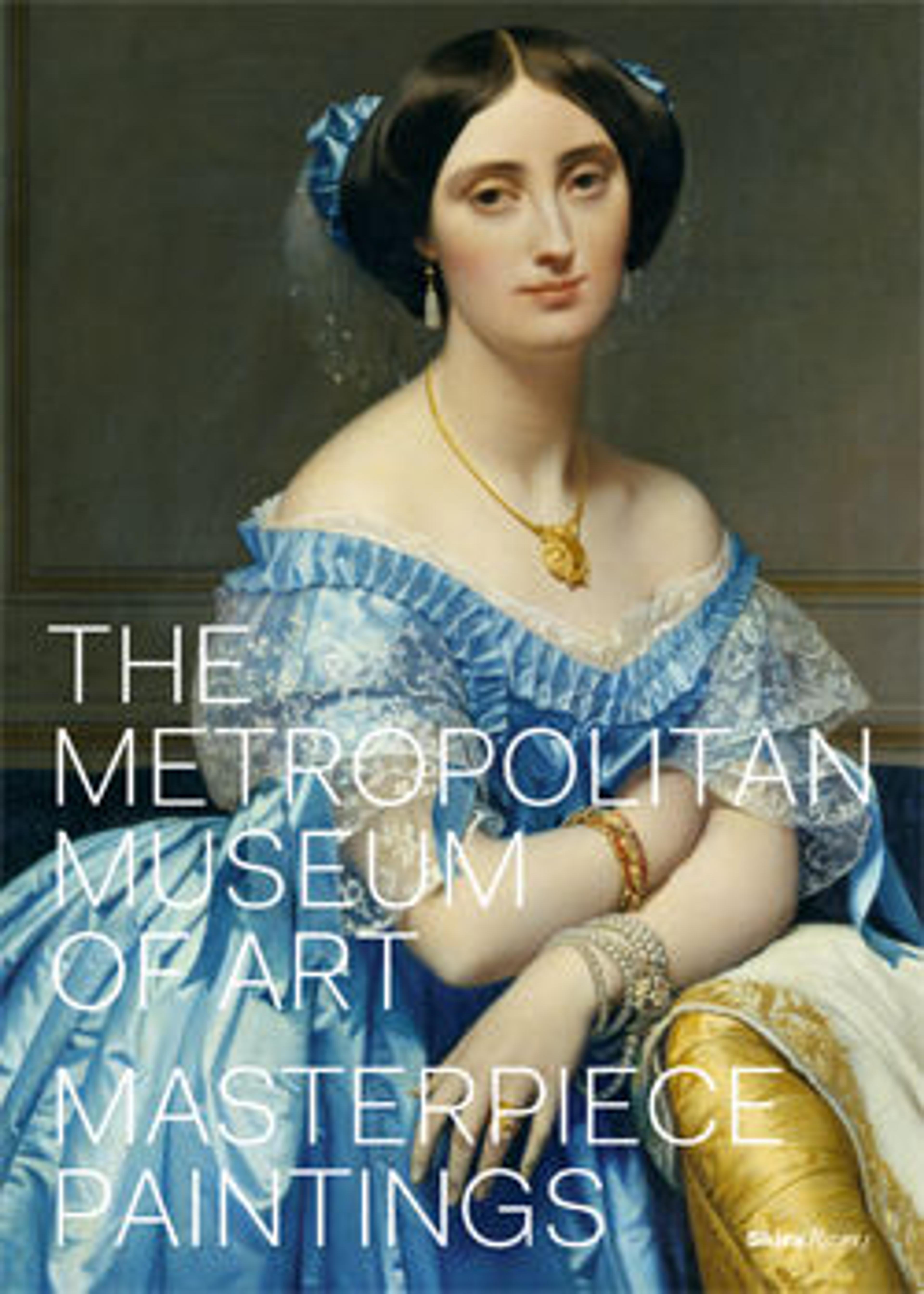A Forest at Dawn with a Deer Hunt
In 1635 Rubens acquired a manor known as Het Steen, whose landscape inspired many of the paintings he made for his own pleasure in the final years of his life. In this example, a thickly painted sun peeks through the branches at dawn, as a hunter (in the red coat) and his hounds chase deer in the forest. Hunting was a privilege reserved for aristocrats that aligned with Rubens’s new identity as lord of a manor, at a time in his life when he was able to make personal paintings that reflected his interests.
Artwork Details
- Title: A Forest at Dawn with a Deer Hunt
- Artist: Peter Paul Rubens (Flemish, Siegen 1577–1640 Antwerp)
- Date: ca. 1635
- Medium: Oil on wood
- Dimensions: 24 1/4 x 35 1/2 in. (61.5 x 90.2 cm)
- Classification: Paintings
- Credit Line: Purchase, The Annenberg Foundation, Mrs. Charles Wrightsman, Michel David-Weill, The Dillon Fund, Henry J. and Drue Heinz Foundation, Lola Kramarsky, Annette de la Renta, Mr. and Mrs. Arthur Ochs Sulzberger, The Vincent Astor Foundation, and Peter J. Sharp Gifts; special funds, gifts, and other gifts and bequests, by exchange, 1990
- Object Number: 1990.196
- Curatorial Department: European Paintings
More Artwork
Research Resources
The Met provides unparalleled resources for research and welcomes an international community of students and scholars. The Met's Open Access API is where creators and researchers can connect to the The Met collection. Open Access data and public domain images are available for unrestricted commercial and noncommercial use without permission or fee.
To request images under copyright and other restrictions, please use this Image Request form.
Feedback
We continue to research and examine historical and cultural context for objects in The Met collection. If you have comments or questions about this object record, please contact us using the form below. The Museum looks forward to receiving your comments.
